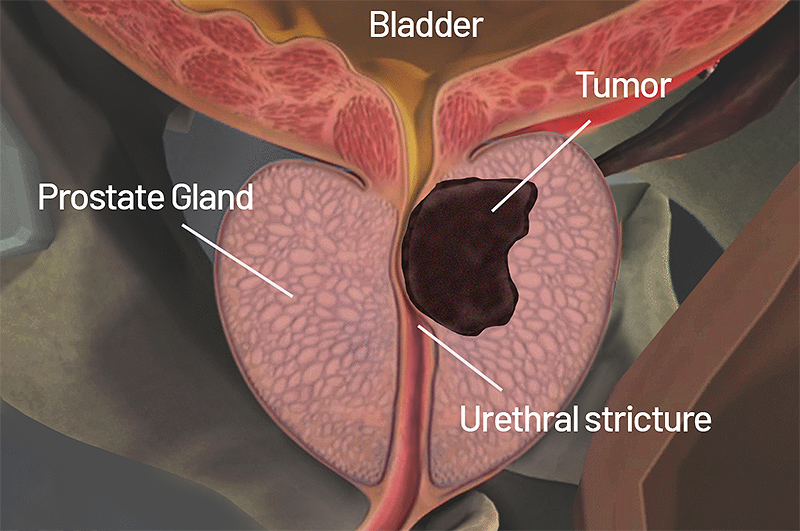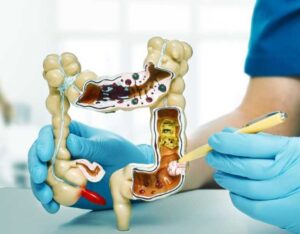
Many men experience prostate changes as they age, leading to questions about how these changes relate to conditions like prostate cancer. While an enlarged prostate is common and not cancerous, its symptoms can sometimes present as those of prostate cancer. Understanding the differences between the two is key to early detection and effective management.
Understanding Prostate Function and Disorders
The prostate is a small gland located in the male reproductive system, situated below the bladder and in front of the rectum. Its primary function is to produce seminal fluid, which nourishes and transports sperm. As men age, the prostate can undergo changes, leading to several common conditions.
Two of the most common prostate issues are benign prostatic hyperplasia (BPH) and prostate cancer. BPH, commonly known as an enlarged prostate, is a non-cancerous condition where the prostate gland grows in size. Cancer of the prostate, also known as prostatic adenocarcinoma, occurs when malignant cells form and multiply in the prostate tissue. Both conditions can affect urinary function due to the prostate’s proximity to the urethra.
Comparing BPH and Prostate Cancer
While both BPH and prostatic adenocarcinoma impact the prostate gland, there are key differences between the two conditions that distinguish their nature, symptoms, and treatment approaches. Here are the primary differences:
- Nature of the Condition: BPH is a non-cancerous enlargement of the prostate gland, whereas cancer of the prostate involves the formation of malignant cells within the prostate tissue.
- Growth Pattern: BPH generally causes a uniform enlargement of the gland, while prostatic adenocarcinoma often presents as irregular nodules or growths.
- Symptoms: BPH primarily affects urinary function, leading to symptoms like frequent urination, difficulty starting urination, and weak urine flow. Prostatic adenocarcinoma, especially in its early stages, may not cause noticeable symptoms or may mimic BPH symptoms.
- Diagnosis: BPH is diagnosed through symptom evaluation, physical examination, and imaging. Prostate cancer diagnosis involves prostate-specific antigen (PSA) blood tests, biopsies, and imaging studies.
Understanding these differences is fundamental for accurate diagnosis and the development of tailored treatment strategies, aiding optimal management of each condition.
Screening and Diagnostic Procedures
Healthcare providers use several tests to diagnose and differentiate between prostate conditions. The diagnostic process often begins with a discussion of symptoms and a physical examination, which may include a digital rectal exam (DRE). During a DRE, a provider feels the prostate for lumps or hard areas that may suggest a problem.
Blood tests are also a key part of the evaluation. A prostate-specific antigen (PSA) test measures the level of a protein produced by the prostate gland. Elevated PSA levels can indicate BPH, prostatitis, or prostatic adenocarcinoma; further testing is usually necessary to determine the cause. If cancer is suspected, a prostate biopsy may be performed. This procedure involves taking small tissue samples from the prostate to be examined for cancer cells.
Assessing the Risk of Prostate Cancer
A common question is whether having BPH increases the likelihood of developing prostate cancer. Current evidence does not show a direct causal link between BPH and cancer of the prostate. BPH is a non-cancerous growth of prostate cells, and having it does not mean an individual will develop cancer. Both conditions are common in aging men, and they can coexist. The symptoms can overlap, which makes regular check-ups helpful for accurate diagnosis and monitoring.
Schedule Your Prostate Cancer Screening
While benign prostatic hyperplasia (BPH) and prostatic adenocarcinoma are distinct conditions, they share some overlapping symptoms, particularly in aging men. Regular medical evaluations are fundamental for differentiating between these conditions and managing them effectively. Contact a trusted healthcare provider near you to schedule your screening today.





